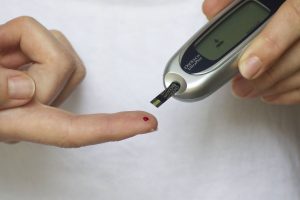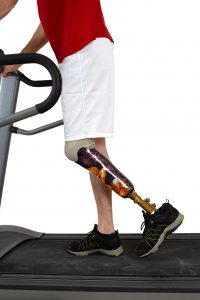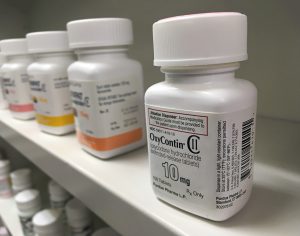 I’ve been representing people injured by defective medical devices and harm drugs for many years. Because I study these types of products on a daily basis, I have become leery about putting anything inside my body, whether it is an artificial joint like a hip or knee, or a prescription medication. As I often tell people–mostly joking but not completely–these days I am uncomfortable taking a baby aspirin.
I’ve been representing people injured by defective medical devices and harm drugs for many years. Because I study these types of products on a daily basis, I have become leery about putting anything inside my body, whether it is an artificial joint like a hip or knee, or a prescription medication. As I often tell people–mostly joking but not completely–these days I am uncomfortable taking a baby aspirin.
Of course that’s not rational. Please hear me: there are important, helpful drugs and medical devices which improve lives, extend lives, and save lives. Paranoia is not your friend when you are facing a serious health issue. That said, it is always prudent to double check anything put into your body when a medical procedure is performed. Read about the product, get a second or third opinion.
In the past few years studies have identified troubling health problems in patients following the administration of gadolinium-based contrast agents (GBCAs) used during MRIs. Some people have gotten debilitating symptoms from these GBCAs. Let’s take a look:
 North Carolina Product Liability Lawyer Blog
North Carolina Product Liability Lawyer Blog











